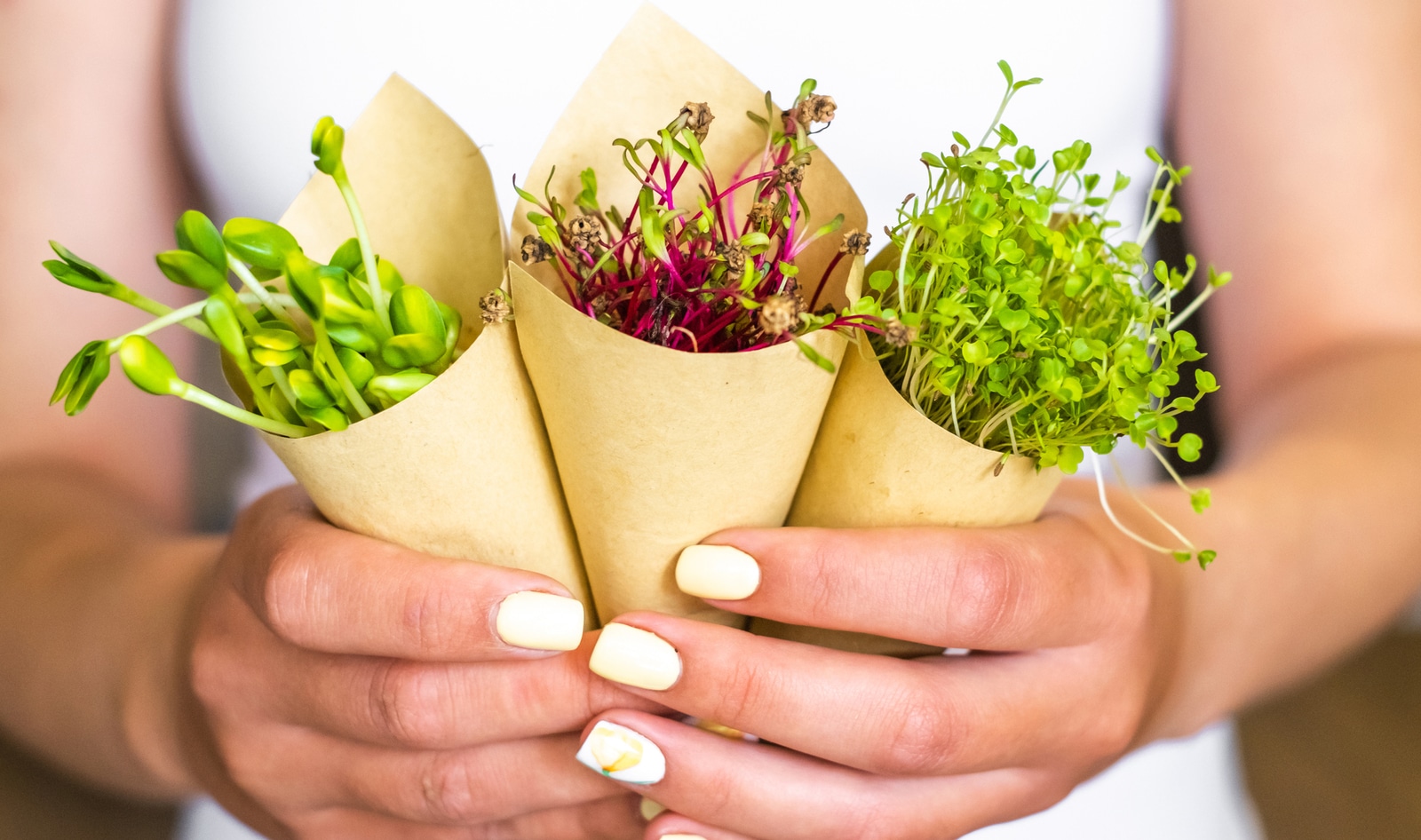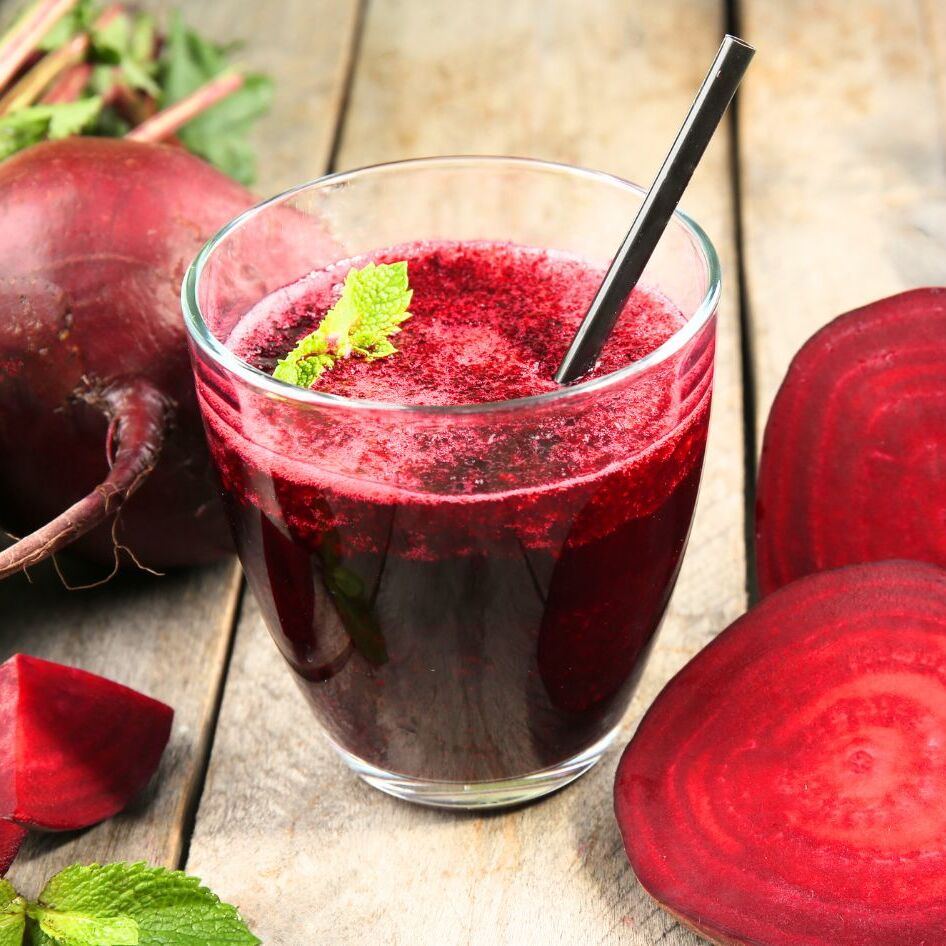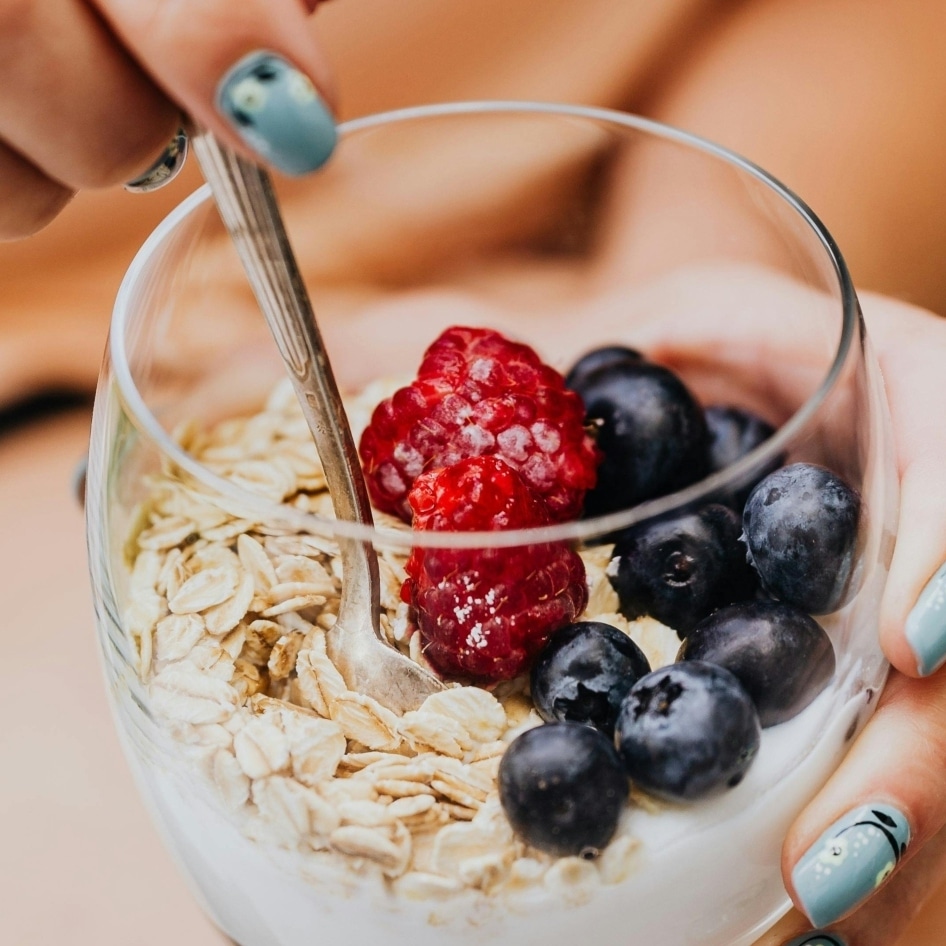We might think of them as garnish but are microgreens actually the key to closing nutrient deficiencies? A study led by Francesco Di Gioia, assistant professor of vegetable crop science at Penn State University, is redefining how we perceive the nutritional value of microgreens.
Published in the scientific journal Frontiers in Plant Science, the study evaluated 17 different types of microgreens from seven botanical families and looked into their mineral and nutrient content in depth.
The research team grew these young plants under controlled environmental conditions and analyzed them for yield performance, nitrate content, and mineral profiles.
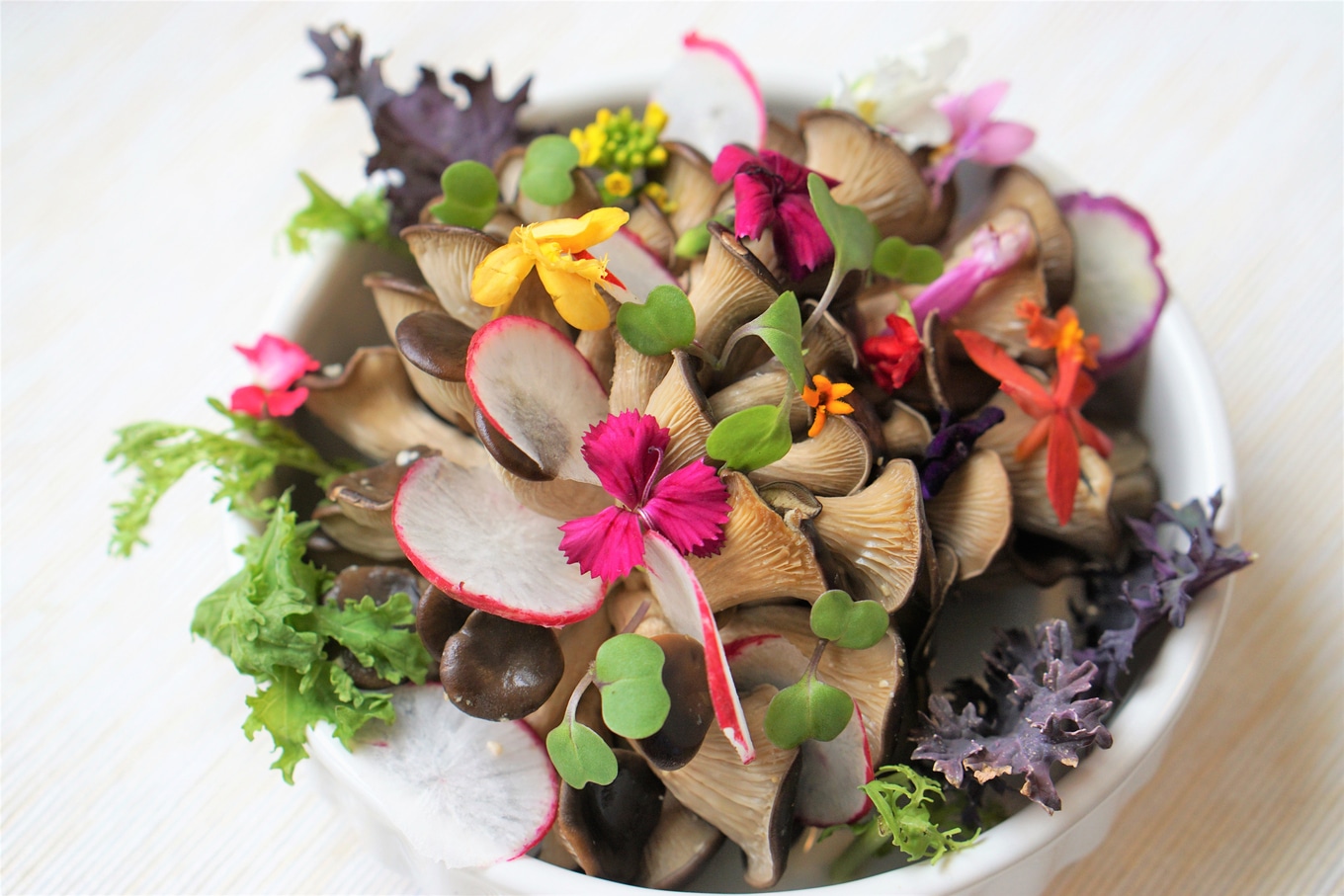 Augustine Fou/Unsplash
Augustine Fou/Unsplash
The purpose? To see if these tiny greens were a viable source of nutrition in case of catastrophic events such as asteroid strikes, supervolcanoes, and nuclear war. The results, though, can help individuals and healthcare practitioners build more balanced diets in everyday scenarios.
The right micronutrients and macronutrients for you
As nutritional deficiencies continue to plague modern diets, the importance of a well-balanced intake of micronutrients and macronutrients cannot be overstated. Microgreens, it appears, could be a natural solution to this issue.
A Principal Component Analysis (PCA) separated the 17 microgreens into distinct groups based on their mineral composition. For example, scallion was closely related to dry matter concentration, magnesium, nitrogen, and manganese, whereas sunflower had strong associations with zinc, copper, phosphorus, and iron. Various Brassicaceae species shared associations with sodium and sulfur.
Noah Praamsma, RDN, the Nutrition Education Coordinator for the Physicians Committee for Responsible Medicine (PCRM)—which was not involved in the study—explained that microgreens are indeed nutritional powerhouses.
“Microgreens are excellent sources of many vitamins, minerals, and antioxidants that help the human body function well,” Praamsma tells VegNews.
Among the significant findings, the study revealed that microgreens could meet more than 15 percent of the recommended dietary allowance (RDA) for several essential minerals. These minerals included both macronutrients and micronutrients, categorizing nitrogen and potassium as primary macronutrients, which constituted 38.4 percent and 33.8 percent of the total macroelement concentration, respectively.
Eight species from the study exhibited high concentrations of potassium, making them suitable as dietary sources for this essential mineral.
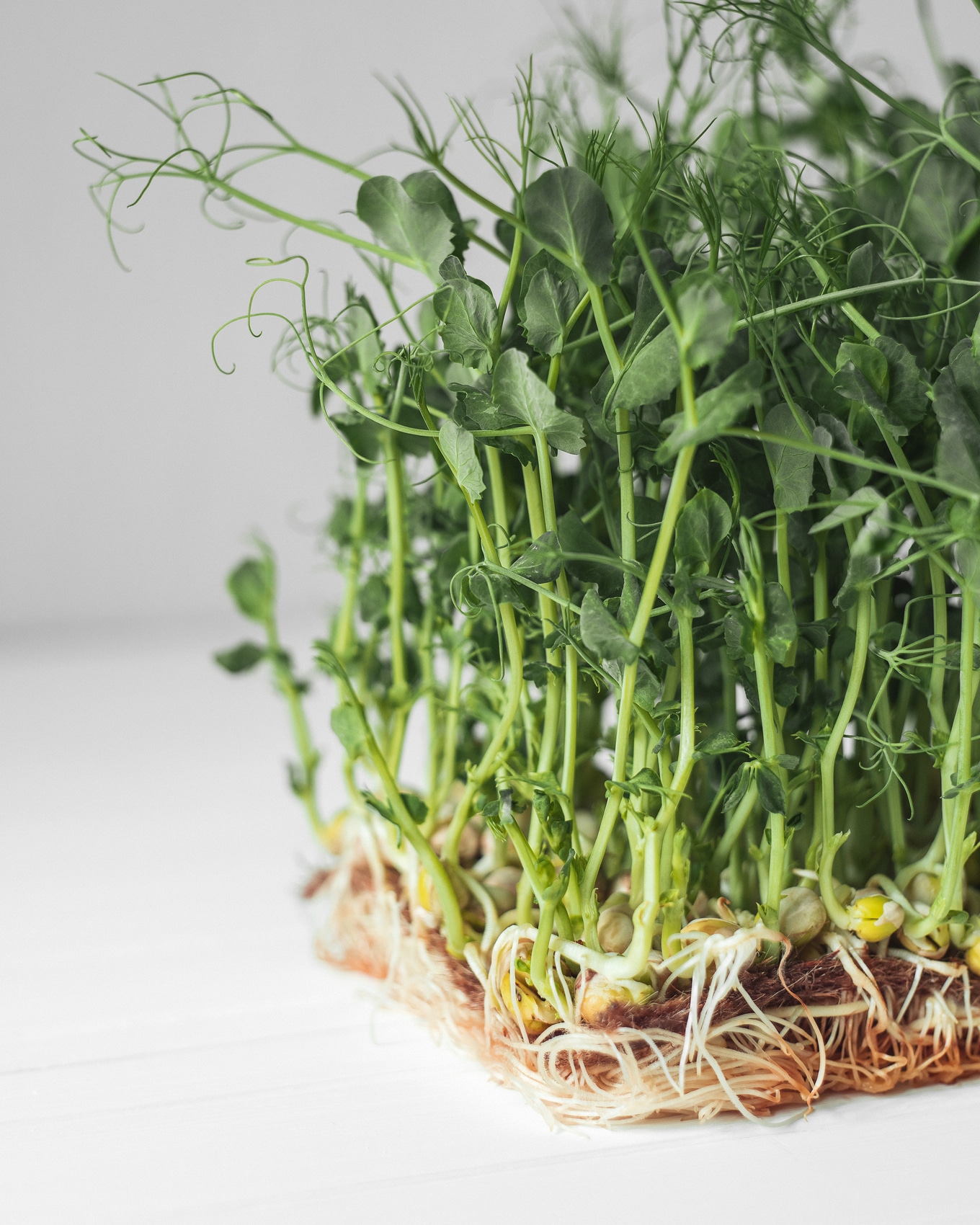 Oks Malkova/Pexels
Oks Malkova/Pexels
Four specific microgreens were identified as good calcium sources: scallion, red cabbage, amaranth, and Genovese basil. Iron was the most prevalent micromineral across all studied microgreens, followed by zinc, manganese, boron, and copper.
In terms of copper content, sunflower, scallion, and Britton shiso stood out as particularly rich sources. Additionally, sunflower was noted for its high zinc levels, though no other microgreens were categorized as good sources of either iron or zinc.
The study suggests that by carefully selecting microgreens from different botanical families, individuals can fine-tune their vitamin and mineral intake.
Praamsma explains that microgreens are filled with vitamins A, C, E, and K, and minerals such as iron, magnesium, potassium, and calcium. “What makes microgreens special is that they contain a very high concentration of these vitamins and minerals,” Praamsma says. “In some cases, microgreens have been found to be 10 times more nutrient dense than their mature version.”
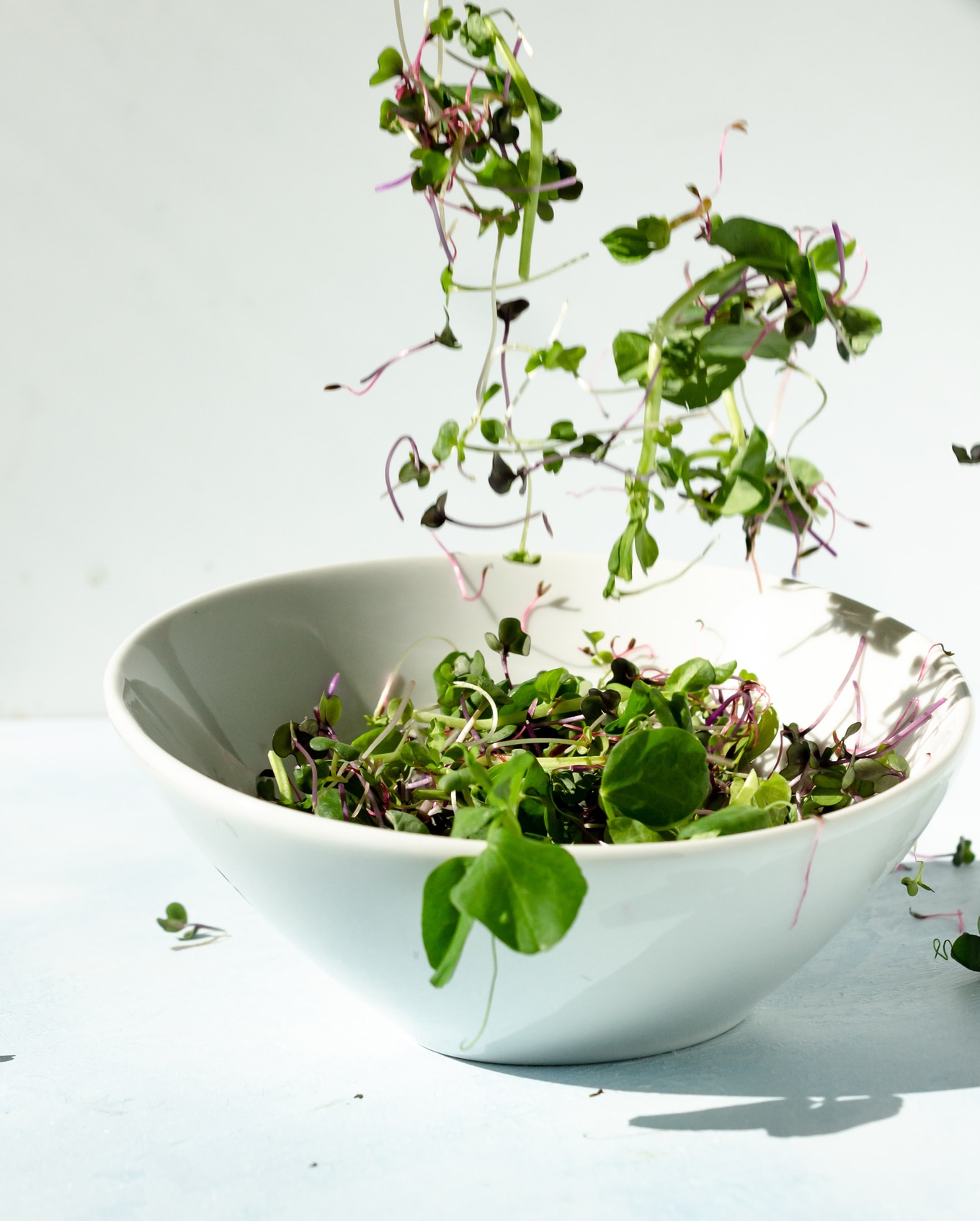 Quin Engle/Unsplash
Quin Engle/Unsplash
However, Praamsma explains, not every microgreen outperforms its full-grown counterpart, nutrition-wise. “Not every green is more nutritious when young, though; some microgreens, like pea, red beet, broccoli, and red cabbage, may be similar or even less nutrient dense than mature plants,” Praamsma says.
These micronutrients, Praamsma explains, are integral for a variety of bodily functions, including immune system health, healthy development, and cancer risk reduction.
And while microgreens could be part of a nutritious diet, they are not wholly necessary to achieve it—and are sometimes less accessible than their mature counterparts.
“Microgreens can be expensive and even hard to find in some places,” Praamsma says. “If that’s the case, a nutritious diet can still easily be built around other forms of leafy greens.”
“Even canned and frozen options like frozen broccoli or canned spinach can be healthy while also being affordable,” he says.
The changing narrative on nitrates
One of the intriguing aspects of the study was its investigation into the health implications of nitrates found in microgreens. Traditionally considered as anti-nutrients due to some of the negative effects they can induce, particularly in children, the study suggests that nitrates might actually have health benefits when derived from plants.
“When nitrates are used in processed meat, they increase your risk of cancer. This is why many people are concerned about them,” Praamsma says. “But nitrates that a person eats naturally from plants actually reduce the risk of cancer. Nitrates from plants may also help reduce blood pressure.”
Until recently, this key difference between nitrates derived from animal versus plant sources has been widely misunderstood in the health community.
“The World Health Organization has recommended people reduce the amount of nitrate they eat from plants, but recent studies have shown that diets high in healthful plant foods may contain many times more nitrate than the amount they recommend,” Praamsma says.
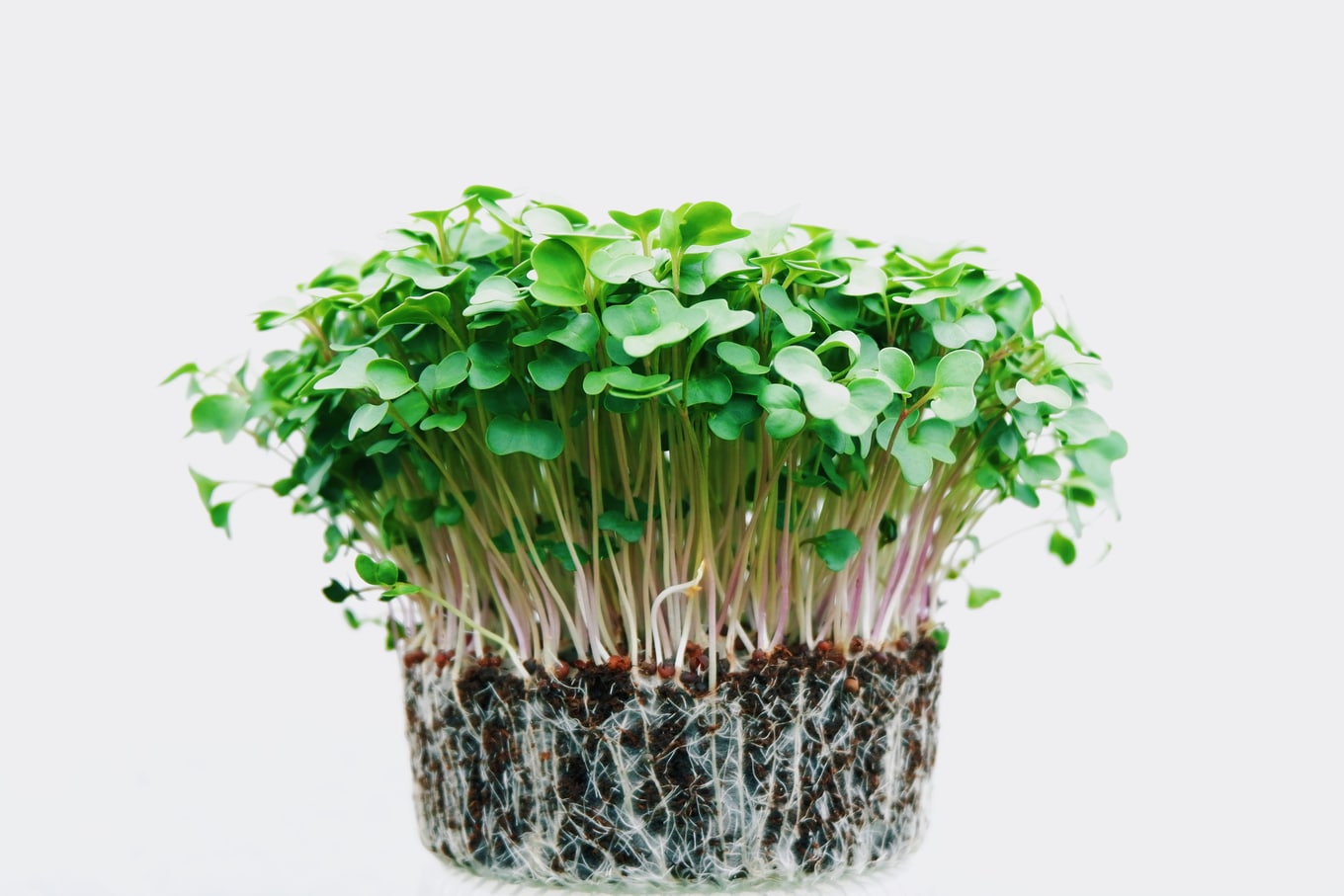 Devi Puspita Amartha Yahya/Unsplash
Devi Puspita Amartha Yahya/Unsplash
This new perspective challenges traditional views on nitrates, implying that the source of these compounds significantly impacts their effects on human health.
“Scientists are realizing that plant nitrates are healthy, and any recommendations that restrict foods with proven health benefits should be rethought,” Praamsma says.
Emergency preparedness and everyday health
Although the probability of catastrophic events like an asteroid strike is relatively low, the findings from this research offer important implications for both emergency preparedness and everyday health.
According to the study, by selecting microgreens from different botanical families, one could tailor mineral intake to meet specific dietary needs. This customization can be particularly useful in emergency situations where traditional food sources may be compromised.
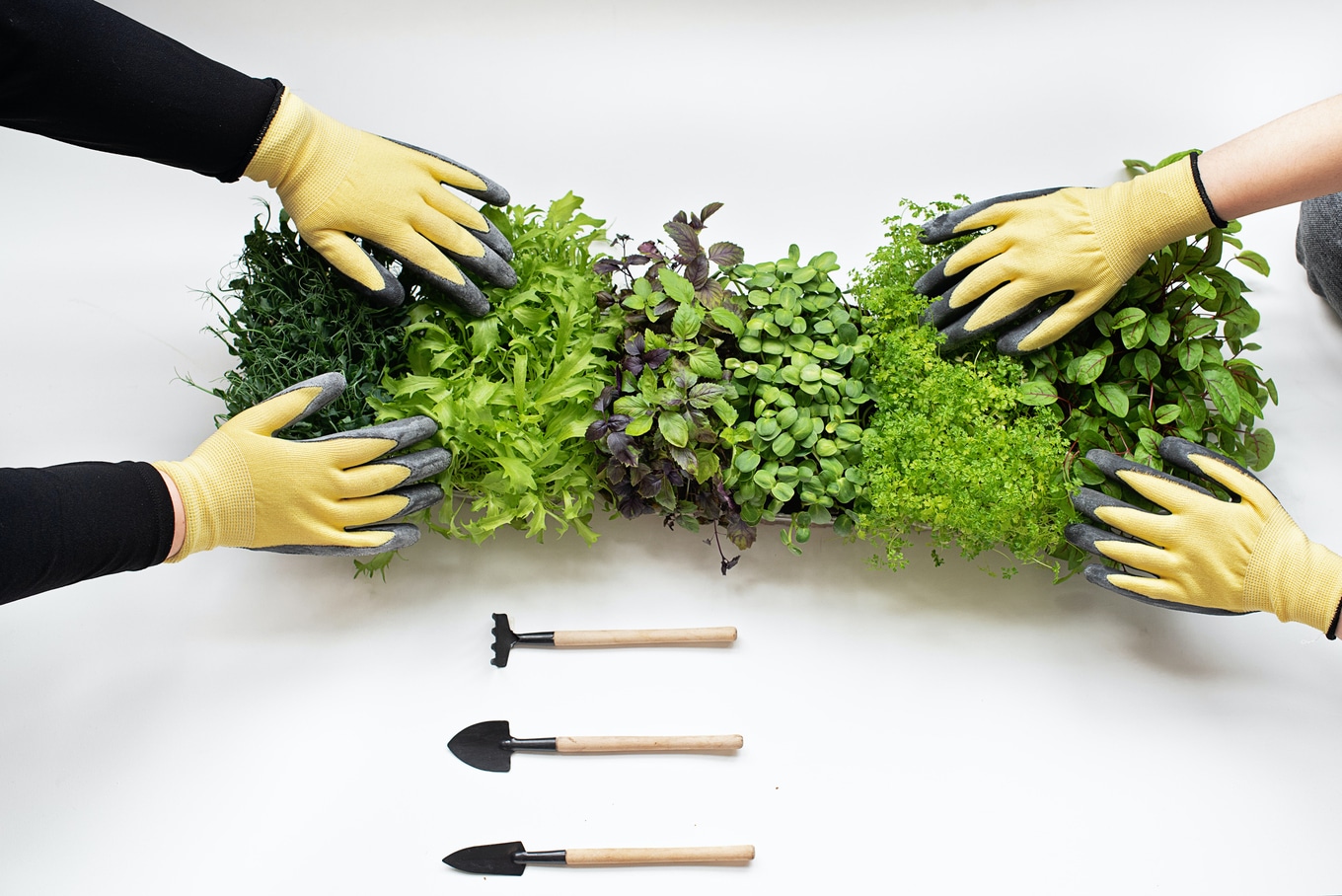 Mikhail Nilov/Pexels
Mikhail Nilov/Pexels
For example, species such as scallion and sunflower could serve as key microgreens for nutrient diversity in such cases, while high-yield species like radish and broccoli could provide the necessary volume for sustaining a population.
“Microgreens would definitely be an asset after a natural disaster, and I would be thrilled to find a bed of microgreens in the wake of an asteroid strike,” Praamsma says. “It would mean that edible, nutritious plants are still growing, and that there will be nutrient-dense food to feed us while we deal with the damage from the impact.”
While consuming these microgreens is a great idea, Praamsma says that eating their mature counterparts is just as beneficial in building a well-balanced, plant-based diet that should focus heavily on vegetables, legumes, whole grains, fruits at most meals, and daily B12 supplements.
“Any type or age of green leafy vegetables will contain lots of nutrients, whether that’s mature kale, baby spinach, broccoli microgreens, or alfalfa sprouts,” he says. “The important thing is that you’re eating them.”
For the latest vegan news, read:
JUMP TO ... Latest News | Recipes | Guides | Health | Subscribe

